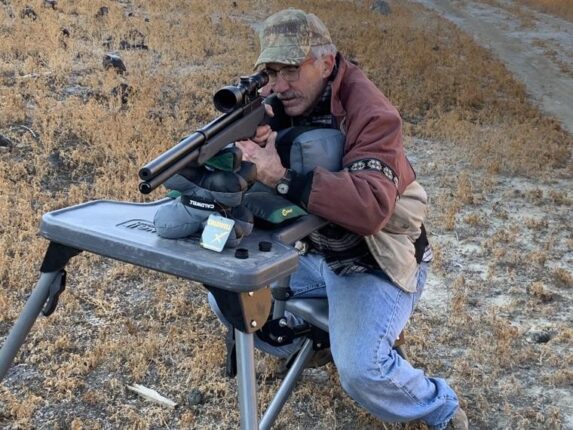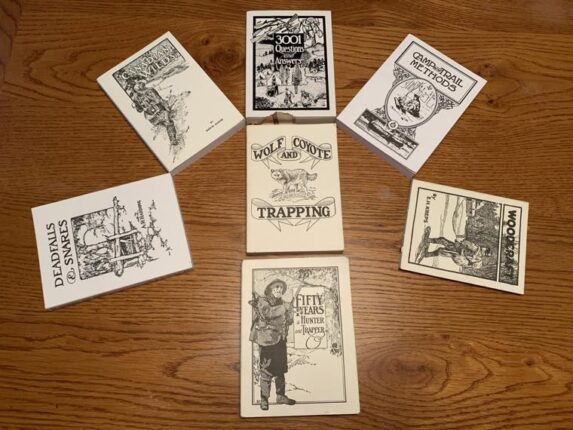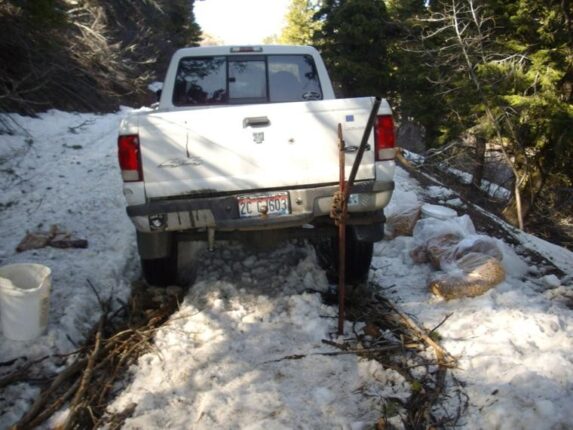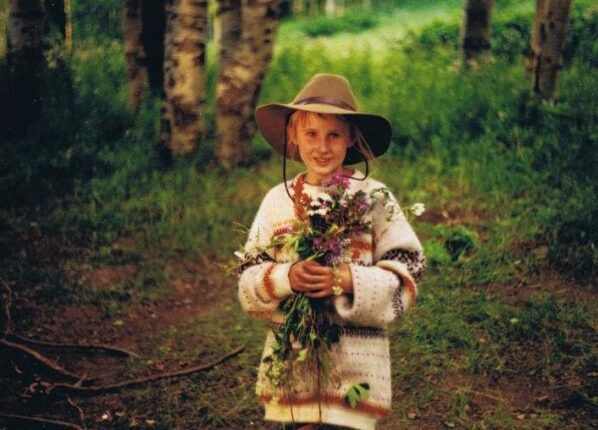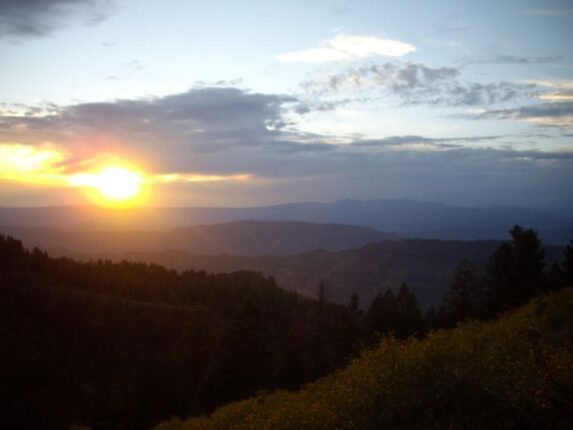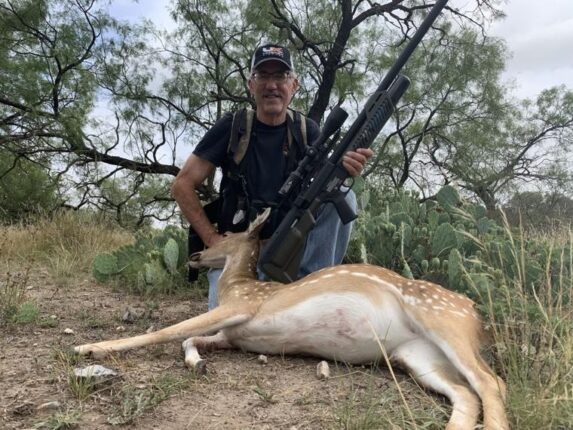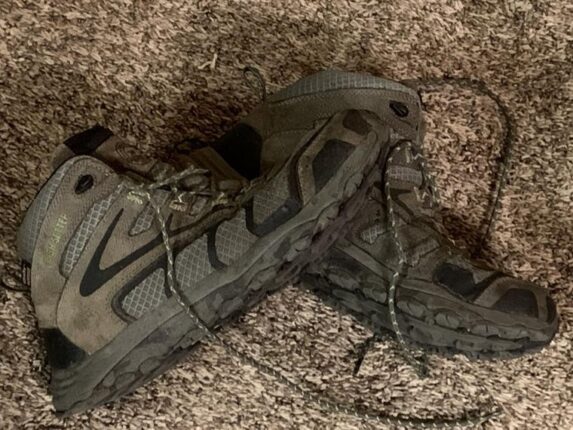OK, maybe I’m being a little bit of a drama queen with this title but it is winter and I’m sitting inside typing this article and there is a skiff of snow outside. Not that many years ago, winter was looked upon as a time that many wouldn’t survive. I think the further away from agriculture we get as a society the more we lose touch with reality.
Think about why I say that last sentence. Winters are tough on livestock. If you lost the family milk cow you were in trouble. If it was a long winter and you didn’t have enough hay stored up you were in trouble. If a wet cold spring hits during calving season and you have lost a lot of newborn calves, you’re sunk.
I think outdoorsmen are tied in close enough to nature to understand the above even if they don’t run livestock. They see how deep snows can be devastating on the deer and elk herds. Life/death in the outdoors is so weather dependent.
So up until not that many decades ago the above was the view held concerning winter. In old writings winter was written about with a foreboding aura. But a few decades ago, something changed and now many people can’t wait for winter to hit. There are now all kinds of outdoor activities to enjoy. Let’s list a few. Ice fishing, varmint hunting, cougar hunting, snowshoeing, skiing, trapping, snowmobiling and even winter camping. Many people look forward to cross country skiing to a backcountry yurt.
What caused the shift in views the last 30 years as compared to that of previous history? I think it can be summed up in two things:
• Better clothing
• Multiple warming methods
You may argue with me and say Tom, the reason I go out is because of the advent of snowmobiles, etc. I’d have to argue though that if it weren’t for warm clothing a lot of these inventions would have had no necessity because no one could get out. So, since we can now brave the cold better than any previous time in history smart manufacturers are inventing more cool toys.
Sure, old mountain men went out in the wilds trapping and living in cabins and skiing and snowshoeing have been around for centuries but not to the magnitude that they are now. Make sense?
So, with all of the above said what clothing do you need to brave the wilds in Idaho? I’m going to get basic because we have a lot of new people moving to Idaho. To begin, you’ll want to wear what we call a base layer. In the cowboy days they called them long handles. But they were made of cotton. You want a moisture wicking base layer. If we’re outdoors we want to be active which means you’ll be sweating. When you stop, you’ll get chilled. You might as well have fallen in a river because you’ll encounter the same effects. I use XGO. You’ll want them made out of polypropylene, silk, wool or something of that nature.
For pants, wear something water resistant. I’d rather it be in the low 20’s than right at freezing. Otherwise, if you’re bird hunting and getting in and out of a truck your pants legs will thaw then freeze, repeat and be like wearing irrigation pipes. Wool shirts are great.
For a coat don’t wear one big Grizzly Adams type of coat. Dress in layers, maybe a fleece jacket and a lined shell over it. That way if you’re snowshoeing and get a little warm you can peel off one layer and not pull off your only coat resulting in two options — hot or freezing. Also don’t buy waist-length coats. Longer coats are a lot warmer.
SOCKS
Same with base layering, get moisture wicking socks. There are a lot of good options for hiking socks.
And for sure wear waterproof insulated boots. When the deeper snows hit, wear high-top boots so snow doesn’t go over the top (curse of all curses). Also wear gaiters which will prevent this.
WARNING
Remember — COTTON KILLS! Cotton holds moisture. Don’t wear cotton clothing.
The experts tell us that 95% of our heat loss is on our head. If your head is not adequately covered blood vessels are only skin deep and you will lose heat. Wear a balaclava and a good toboggan. NEVER buy a coat or jacket without a hood. Even on a light coat a hood keeps the wind from zooming down your neck. It also keeps snow/rain from doing the same.
I always wear a cap. With the hood over the cap even in rain my face doesn’t get wet and it keeps my glasses semi dry.
GLOVES
Buy some good gloves. Waterproof. Also think about glove liners. But you don’t want them super tight. Semi loose so it doesn’t prevent good circulation. And get gloves with long sleeves.
HEATING AIDS
There are a lot of external heat sources. Hot pads that last for 4-6 hours, rechargeable boot inserts and propane tent heaters. For your snowmobile/four-wheelers they have hand covers and hand heaters that are a life saver when zipping around.
Uggh! I feel like I am barely getting started and we are out of room. Check out some of these options and be safe. Don’t set by the fire this winter, get out and have fun.
Tom Claycomb lives in Idaho and has outdoors columns in newspapers in Alaska, Idaho, Utah, Nevada, Colorado and Louisiana. He also writes for various outdoors magazines and teaches outdoors seminars at stores like Cabela’s, Sportsman’s Warehouse and Bass Pro Shop.

